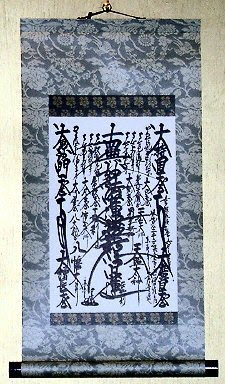A crude correlation between Hari Raya and Chinese Lunisolar Month

Today is the first day of Ramadhan in Malaysia and about 30 days later, our Muslim friends will celebrate their New Year or Hari Raya Puasa. In Malaysia, the date of Hari Raya will normally be announced by the Keeper of the Rulers' Seal (Y. M. Engku Tan Sri Dato Sri Ibrahim bin Engku Ngah is the present Keeper) on Hari Raya Eve, who will read the following script in the TV. It is well known that the Islamic calendar is a lunar calendar and the sighting of new moon will determine the first day of the month. Not too long ago, I tried to tabulate the astronomical new moons (computed using a program by Legrand and Chevalley ), and the dates of Hari Raya Puasa celebrated in Malaysia, and the corresponding Chinese dates. The result is the following table. The following points can be inferenced from the table above: 1. If the astronomical new moon occurs ante meridian, then the Hari Raya Puasa will coincide with the second day in the corresponding Chinese month. 2. If the astro...












